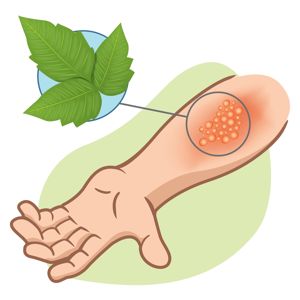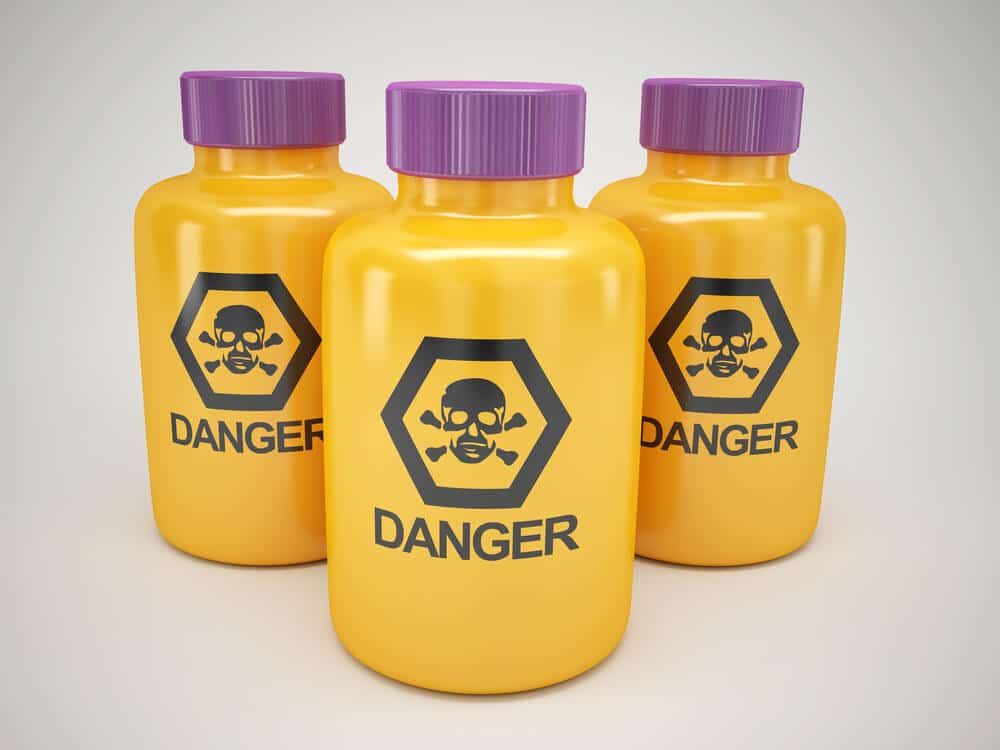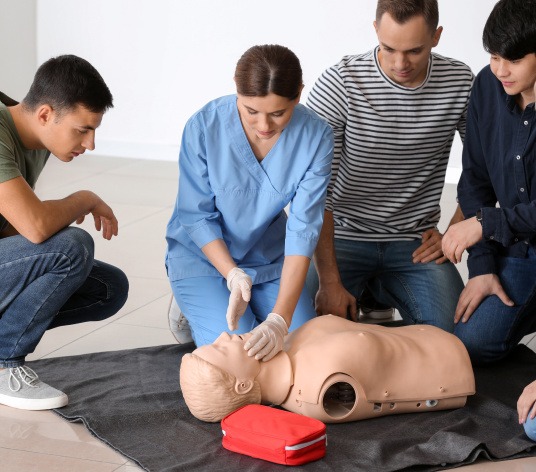Chapter 24: Poison Emergencies

A poison is any substance that can cause illness, injury, or even death when it enters the body, whether accidentally or on purpose. Some poisons are dangerous if swallowed or inhaled, while others can cause harm just by touching the skin.
Poisoning can happen in everyday situations and from common sources like
- Alcohol or drugs
- Cleaning products or chemicals
- Contaminated food or water
- Pesticides and fertilizers
- Poisonous plants (like poison ivy)
- Toxic liquids or gases (like chlorine or carbon monoxide)
There are several warning signs that may suggest someone has been poisoned. These include:
- Burning around the lips or tongue
- Trouble breathing or chest pain
- Skin color changes
- Dizziness, weakness, or confusion
- Nausea, vomiting, or diarrhea
- Hallucinations or seizures
- Irregular pupil size
- Eye irritation or tearing
Poison can enter the body in different ways:
Swallowed poisons are the most common. These include food, drugs, alcohol, cleaning products, pesticides, and even certain plants. Some substances may be harmless in small amounts but dangerous in larger doses.

Inhaled poisons are taken in by breathing. This can happen with gases or fumes such as carbon monoxide (from car exhaust), chlorine (found in pool areas), paint fumes, glues, or sewer gases.
Absorbed poisons enter through the skin. These include poisonous plants like poison ivy, as well as chemicals like pesticides or fertilizers.
Injected poisons come from stings or bites—think insects, spiders, ticks, or snakes—or from needles like those used in medical settings.
What to Do:
- First, assess the scene. If you see signs of poison (like a leaking container or fumes), don’t get close until it’s safe.
- Use personal protective equipment and grab a First Aid kit.
- Call 9-1-1 and contact the National Poison Control Center at 1-800-222-1222. Be ready to give the following information:
- What poison was involved
- How much was taken, inhaled, or touched
- When the exposure happened
- The person’s age and weight
- If it’s safe to do so, try to remove the poison. That might include taking off contaminated clothing or brushing off a chemical with a gloved hand.
- Rinse the exposed area with water for at least 20 minutes.
- Move the person to fresh air or a poison-free area if needed.
- If the person becomes unresponsive, begin Cardiopulmonary Resuscitation (CPR) and use a breathing barrier to protect yourself from possible exposure.
This section of your Online First Aid Course equips you with the steps to take when dealing with poison emergencies, helping you stay safe while providing support until medical professionals arrive.


